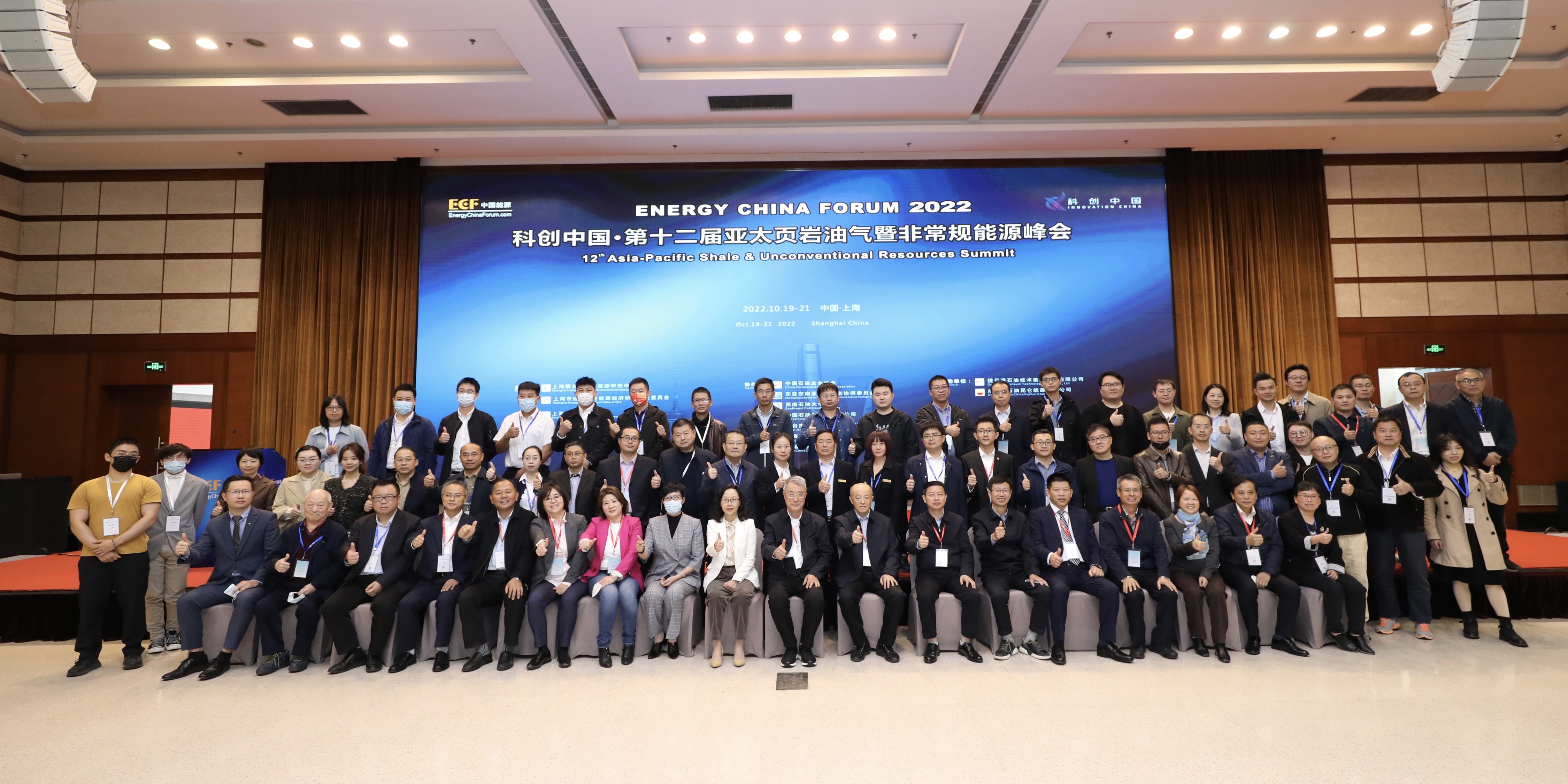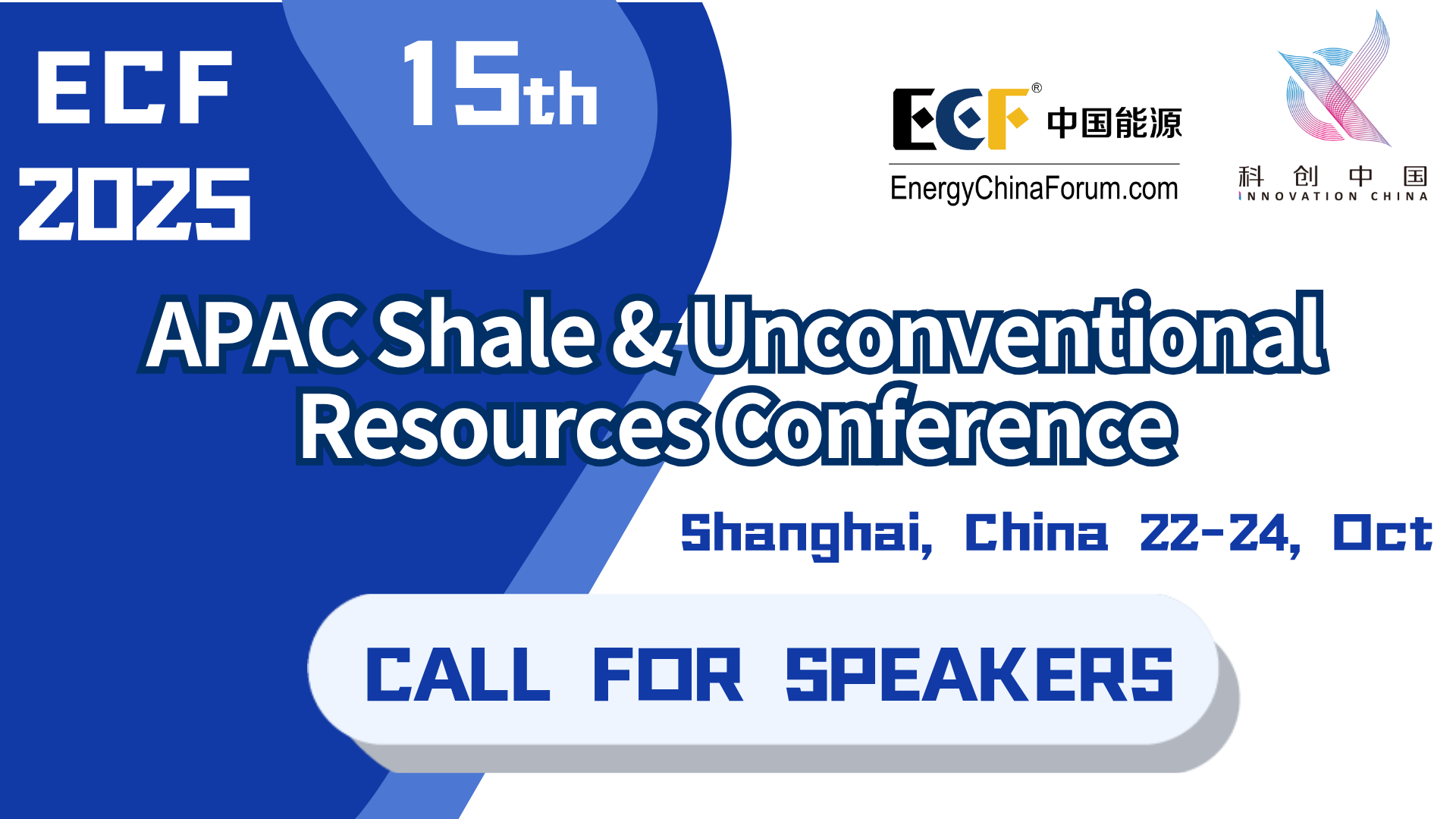The 10th ECF Tech Award-Scientific and Technological Progress Award - Bronze Award
Project:Integrated Packer for Ultra-deep well Fracturing Data Collection
Company:Tianjin Huizhu Petroleum Equipment Technology Co., Ltd.
Project Title:Integrated Packer for Ultra-deep well Fracturing Data Collection
Participating Enterprise: Tianjin Huizhu Petroleum Equipment Technology Co., Ltd.
Award Received:Scientific and Technological Progress Award - Bronze Award
Achievement Level: International Advanced Level
Project Number: ECF-2025-SET-1022
Main Participants: Kan Zhengyu, Yang Zongbo, Wang Shiming, Wang Yuxuan, Cong Junchao
Expert Review Comments:
International advanced level. This project addresses the limitations of packer and monitoring technologies under high-temperature and high-pressure conditions in ultra-deep oil and gas wells. It innovatively developed an intelligent packer that integrates setting and isolation, fracturing operations, and real-time data acquisition. The technology breaks through key challenges in material sealing, sensor encapsulation, power supply, and carrier signal transmission under extreme conditions of 230°C and 120 MPa, enabling real-time monitoring and safety control throughout the layered fracturing process of ultra-deep wells.
The tool is recoverable, safe, and highly efficient, and has been successfully applied in over 100 wells across Qinghai, Xinjiang, and Inner Mongolia, achieving a construction success rate of over 98%. It significantly reduces operational costs and improves efficiency, promoting the independent development of China’s high-end completion equipment and offering broad prospects for industrialization and international application.
Main Innovations:
The pioneering sealing technology, sensor packaging technology, power supply, and carrier transmission technology under extreme conditions of 230°C and 120MPa at a depth of 7000 meters.
The first real-time monitoring packer in the country, capable of continuous and real-time management of oil formations, collecting downhole pressure, temperature, and other parameters, significantly reducing production management and maintenance costs for oil and gas wells in the later stages.
Replacing traditional low-efficiency tools, it can be applied to more complex well conditions, achieving precise operations, significantly reducing construction blind spots, and realizing the goals of cost reduction, efficiency improvement, and lean production.
Main Uses and Technical Principles:
Purpose: A cutting-edge downhole tool that integrates multiple functions such as isolation seating, fracturing operation, and real-time data collection. It is primarily used in the petroleum and natural gas industry, especially in ultra-deep wells of unconventional reservoirs like shale gas and tight oil.
- Principle:
- 1.Isolation function: Uses hydraulic or mechanical seating methods to enable the packer to achieve bidirectional anchoring and high-pressure sealing in the target section, isolating the fracturing section from the surrounding formations.
- 2. Data collection function: The packer incorporates sensors for pressure, temperature, flow, strain, acoustic waves, etc., to collect real-time data on pressure changes, temperature variations, and sealing status during the fracturing process.
- 3. Data storage and transmission: Data can be stored locally in a high-temperature resistant storage module inside the packer and transmitted to the surface via wired/fiber optics/short-range wireless methods.
Technical Applications:
The product is currently in the application phase, having been deployed in over 100 wells across regions including Qinghai, Xinjiang, and Inner Mongolia. It has achieved domestic extreme operational records: maximum well depth of 7,300m (Kun 1-1 well), reservoir temperature of 235°C (Jiantan-1 well), and peak operating pressure of 124MPa (Hetao 101 well), earning high recognition from our clients.
We not only provide high-performance products but also offer multiple functional modules tailored to diverse well conditions. This enables customized solutions for critical and challenging wells, complemented by on-site technical support. We deliver comprehensive drilling plans to partners, with our high-performance products and professional service teams earning unanimous recognition.
In summary, this product is suitable for extraction in various harsh environments. Compared with existing technologies, its technical indicators reach the leading domestic level, effectively filling a domestic gap. It has now become the sole designated supplier and service provider for Dagang Oilfield, North China Oilfield, Changqing Oilfield, Qinghai Oilfield, and Xinjiang Oilfield, establishing long-term strategic alliances.
As unconventional oil and gas development extends into deeper formations, the industry is projected to maintain an annual growth rate exceeding 15% over the next five years. Through continuous technological innovation and business model optimization, this product is poised to become a benchmark for China's high-end petroleum equipment in global markets.




